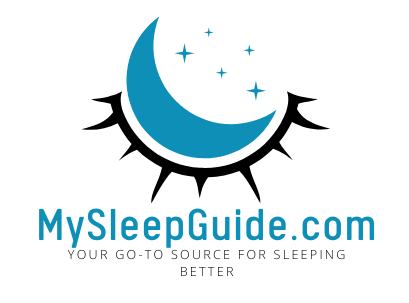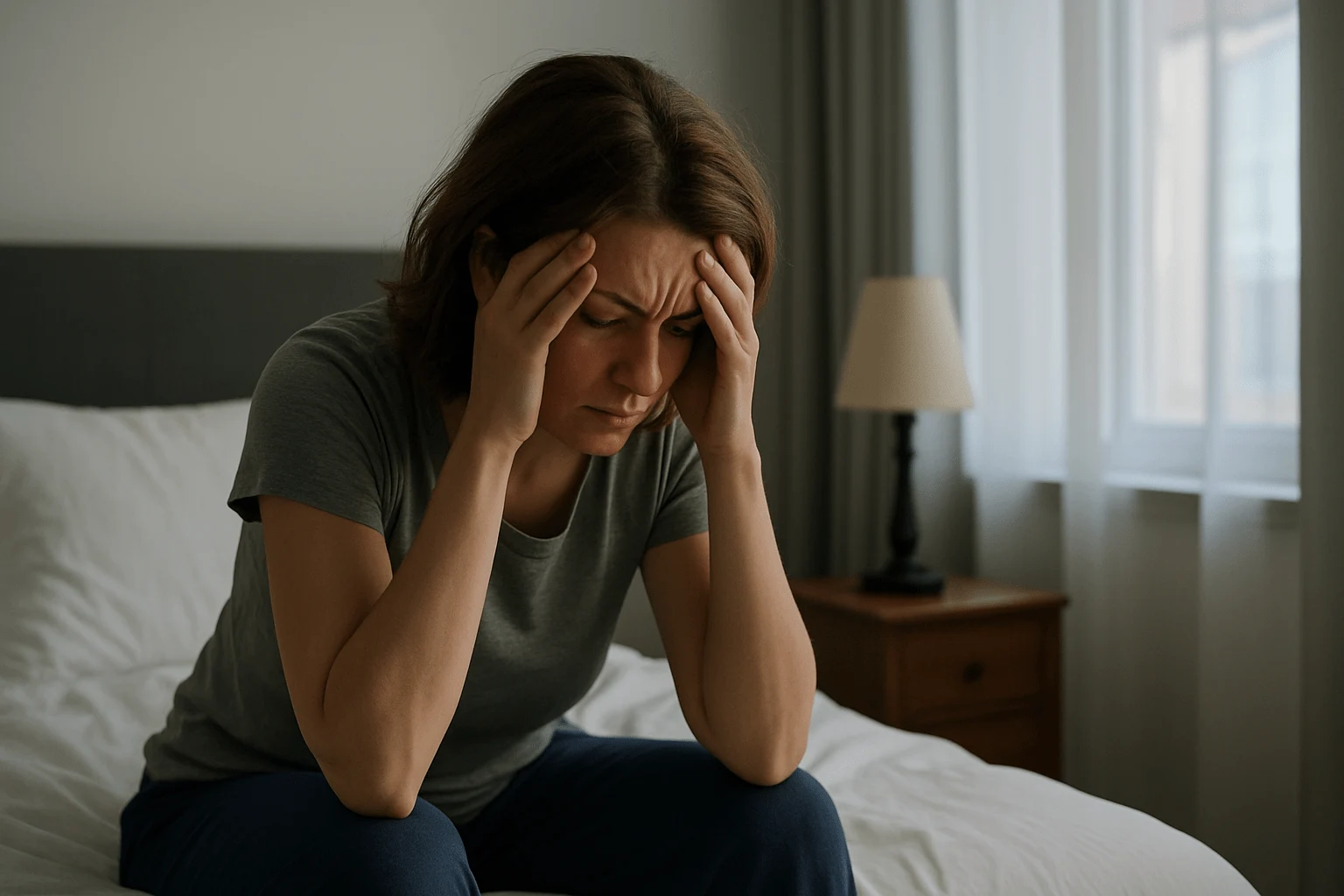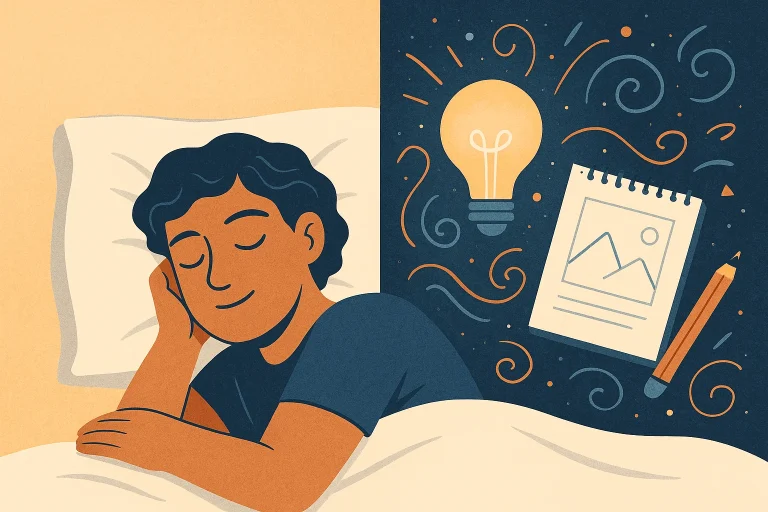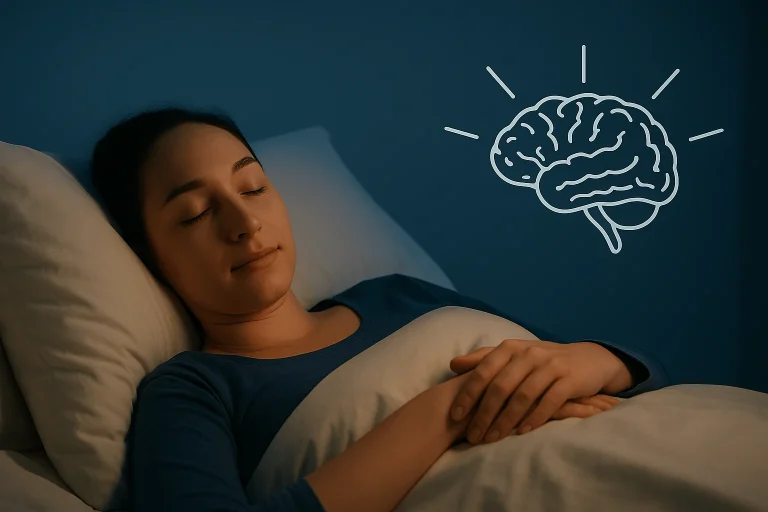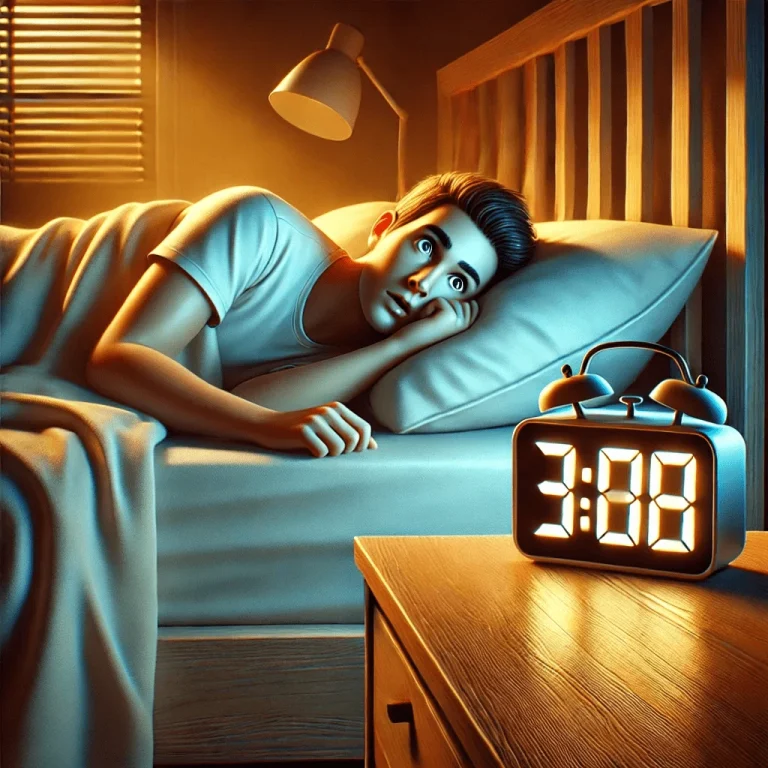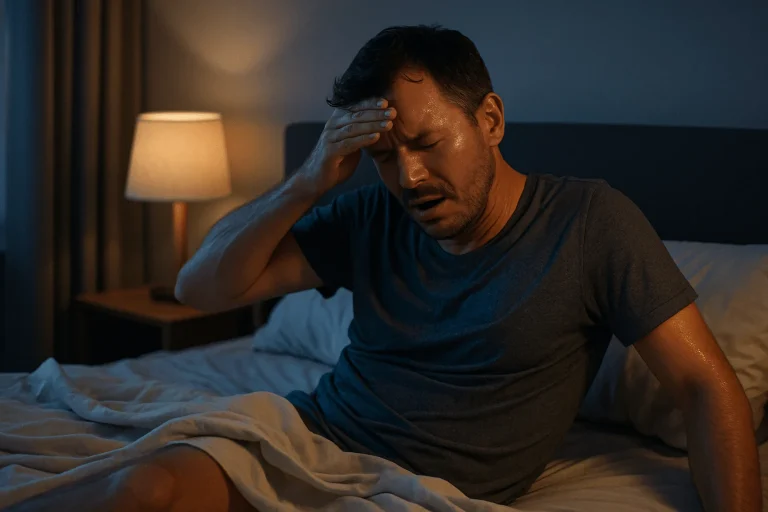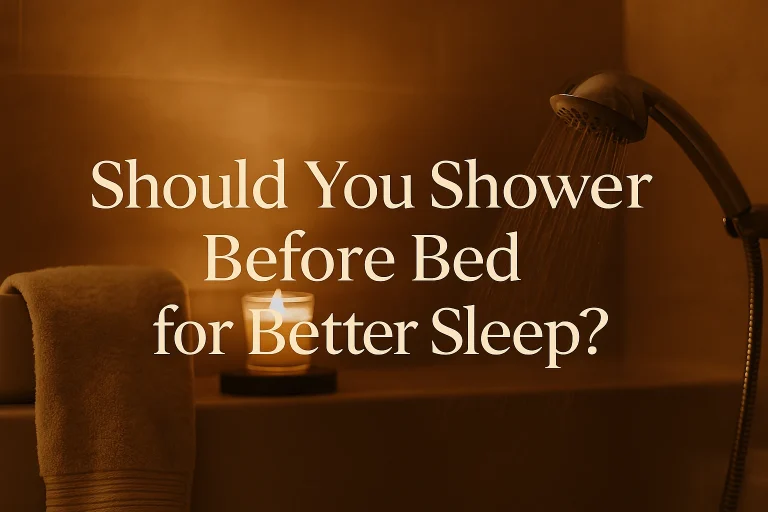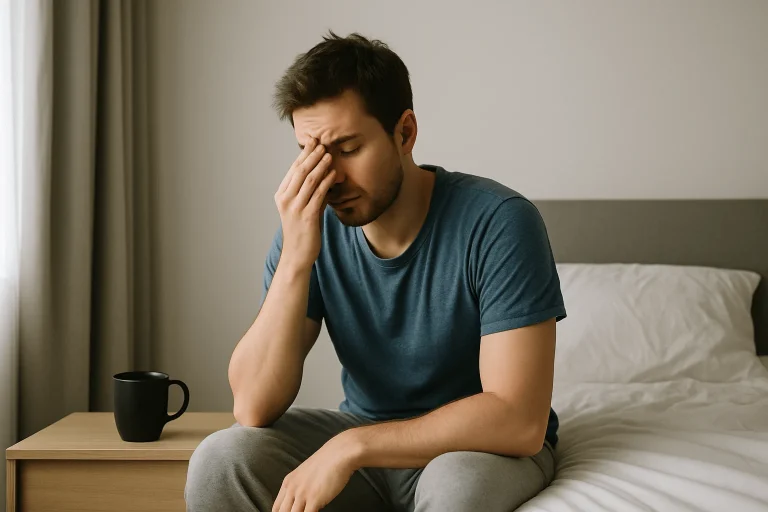The Most Overlooked Sleep Disorders (and How to Spot Them Early)
You’re going to bed at a reasonable hour. No late-night scrolling. No sneaky espresso shots after dinner. You’re doing the right things — but somehow, you’re still waking up groggy, unfocused, and totally wiped out.
Sound familiar?
It’s easy to blame stress or age. But in many cases, there’s something else going on — something that often slips under the radar. A group of overlooked sleep disorders that don’t always show up with the usual signs.
These conditions don’t necessarily keep you up all night or make you snore like a chainsaw. In fact, you might be logging a full 7–8 hours and still waking up feeling like you didn’t sleep at all. That’s the catch — and also your clue.
This guide walks you through five lesser-known sleep disorders, the early signs to watch for, and what you can do if one of them sounds a little too familiar. Because once you know what’s really going on, real rest finally becomes possible.
1. Restless Legs Syndrome (RLS): The Urge You Can’t Explain
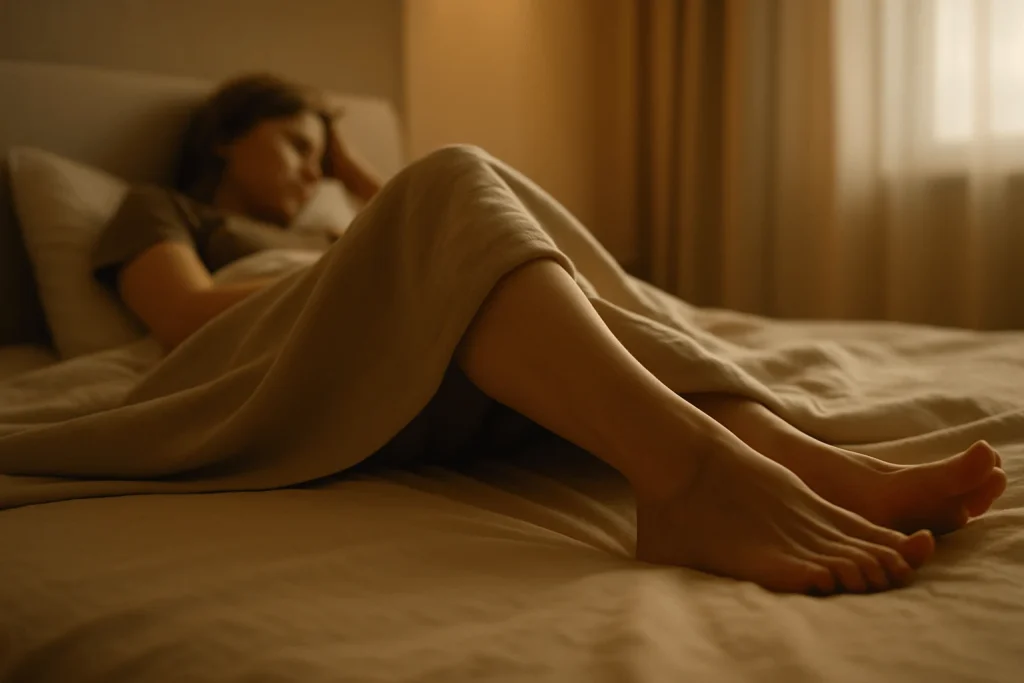
🟣 What It Feels Like
Imagine settling into bed after a long day. You’re finally still — but your legs have other plans. They tingle. They twitch. They buzz or pull in a way that’s hard to describe, but impossible to ignore. You shift around, hoping it’ll stop… but the moment your body gets still, the urge kicks back in.
This is what many people with Restless Legs Syndrome (RLS) deal with every night. It’s not exactly painful — just deeply uncomfortable. And it can make falling asleep feel like a battle.
🟣 Why It’s One of the Most Overlooked Sleep Disorders
RLS doesn’t always look serious at first. Some people think it’s just stress or an overactive mind. Others don’t mention it to their doctor because it seems minor — or because they’ve been told to just “walk it off.”
But untreated RLS can chip away at your sleep over time, leading to daytime exhaustion, poor focus, low mood, and more.
🟣 Early Signs to Watch For
- Unpleasant leg sensations that get worse at night
- Feeling like you have to move your legs to get relief
- Trouble falling asleep despite being tired
- Waking up multiple times during the night
- Feeling unrefreshed in the morning
🟣 Who’s More Likely to Experience RLS
- Women — especially during pregnancy or menopause
- People with low iron or ferritin levels
- Those with diabetes, kidney issues, or nerve problems
- Anyone with a family history of RLS
- Individuals taking certain allergy or depression medications
If any of this sounds familiar, don’t write it off. RLS is real — and there are ways to treat it. With the right approach, relief is possible (and sleep gets easier).
Related Post: The Beginner’s Guide to Sleep Supplements
2. Circadian Rhythm Disorders: When Your Body Clock’s Out of Sync
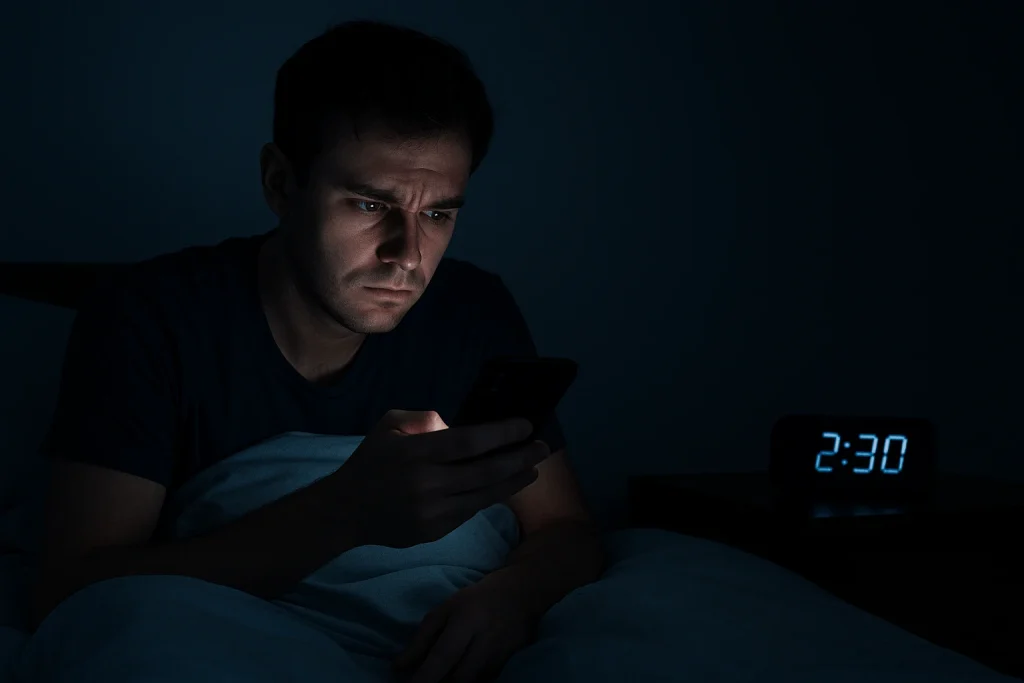
🟣 What It Is
We all have an internal body clock — it helps regulate when we feel awake, when we get sleepy, and how well we function throughout the day. But when that clock drifts out of alignment, things can get frustrating fast.
You might feel wide awake at midnight but exhausted at 8 a.m. Or maybe you can sleep just fine… as long as no one expects you up before 10.
This mismatch is called a circadian rhythm sleep disorder. It’s not about poor sleep quality — it’s about poor sleep timing.
🟣 Why It’s So Often Missed
People living with circadian issues often blame themselves. They think they’re lazy, undisciplined, or “just not morning people.” But this isn’t about bad habits — it’s biology. If your body won’t fall asleep until 2 or 3 a.m. no matter how hard you try, that’s a sign something deeper is at play.
There are several types, including:
- Delayed Sleep Phase Syndrome (can’t fall asleep until late at night)
- Shift Work Disorder (common in night shift workers)
- Irregular Sleep-Wake Rhythm (frequent in older adults)
Each one can quietly throw off your energy, mood, and focus — even if you’re technically getting enough hours in bed.
🟣 Early Signs to Notice
- You’re alert and productive at night, but groggy in the morning
- You struggle to fall asleep at a “normal” bedtime
- You sleep soundly, just at the wrong times for your schedule
- You feel jet-lagged even if you haven’t traveled
- Weekends feel like the only time you’re on your natural rhythm
🟣 Who’s Most at Risk
- Teens and young adults (especially night owls)
- Shift workers (nurses, factory workers, security, etc.)
- People exposed to bright screens late at night
- Frequent travelers crossing time zones
- Older adults with irregular routines or light sensitivity
The good news? Circadian issues are treatable. Small changes — like getting morning sunlight, setting consistent wake-up times, and a soothing cup of herbal tea in the evening can make a real difference. — can make a real difference. If those steps don’t help, a sleep specialist can offer more targeted support.
3. Undiagnosed Sleep Apnea in Women and Older Adults
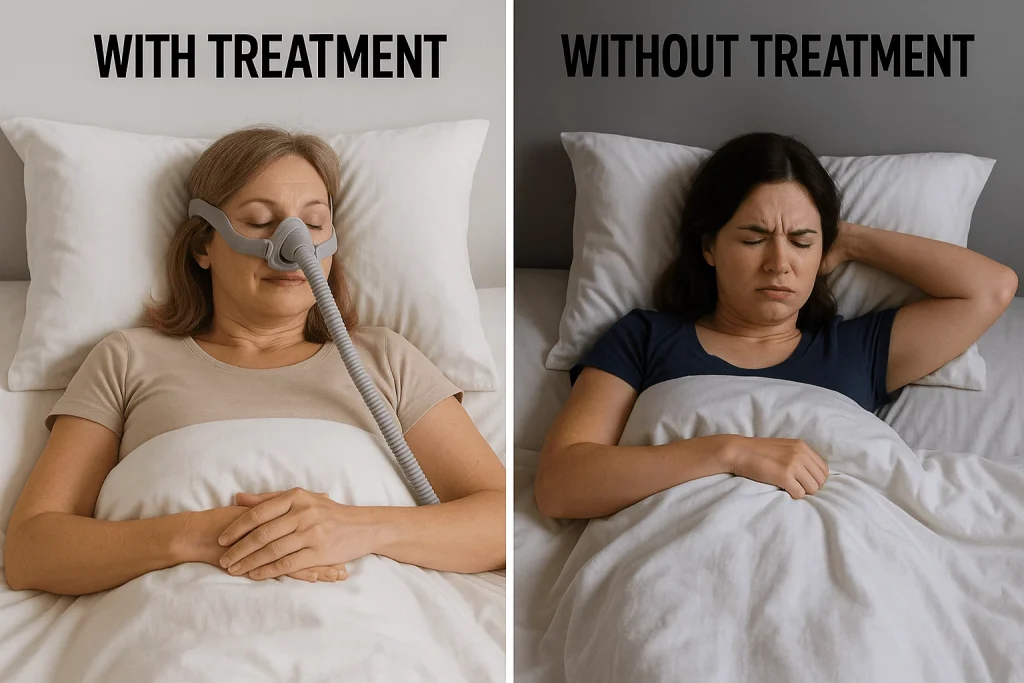
🟣 What Sleep Apnea Really Is
Sleep apnea happens when your breathing stops — briefly, but repeatedly — while you sleep. Every time it happens, your brain has to jolt you awake enough to get breathing started again. Most people don’t remember these interruptions, but they add up fast.
The most common form is Obstructive Sleep Apnea (OSA) — where the airway narrows or collapses during sleep, often due to relaxed throat muscles or soft tissue in the upper airway.
The result? Fragmented, low-quality sleep that leaves you feeling completely drained, no matter how long you were in bed.
🟣 Why It Often Goes Undiagnosed in Women
Sleep apnea has a reputation — and it’s misleading. People tend to picture a loud-snoring, middle-aged man. So when a woman shows up with symptoms like fatigue, low mood, or brain fog, apnea isn’t always the first thing doctors consider.
Here’s the catch: women with sleep apnea don’t always snore. Their symptoms are often more subtle — like insomnia, anxiety, forgetfulness, or waking up with a dry mouth or headache.
Many women just assume it’s hormones, stress, or aging. And older adults? They may chalk it up to “getting older,” even though untreated sleep apnea can quietly affect memory, heart health, and blood sugar.
🟣 Early Signs to Pay Attention To
- Feeling exhausted after 7–8 hours of sleep
- Morning dry mouth, sore throat, or mild headaches
- Waking up short of breath or feeling startled
- Brain fog, forgetfulness, or low mood
- Trouble staying awake during quiet activities
🟣 Who’s Most at Risk
- Women in midlife or postmenopause
- Adults with high blood pressure, diabetes, or extra weight
- Anyone who snores, gasps, or wakes up often at night
- Older adults who nap frequently but still feel tired
- People with jaw tension, nasal congestion, or neck/throat changes
There are effective ways to treat sleep apnea. From simple mouthpieces to sleep masks that help keep your airways open, the right support can help you breathe better at night and feel more alert during the day. Many people see a big difference in their energy, mood, and overall health once the problem is addressed.
4. REM Sleep Behavior Disorder: When You Act Out Your Dreams
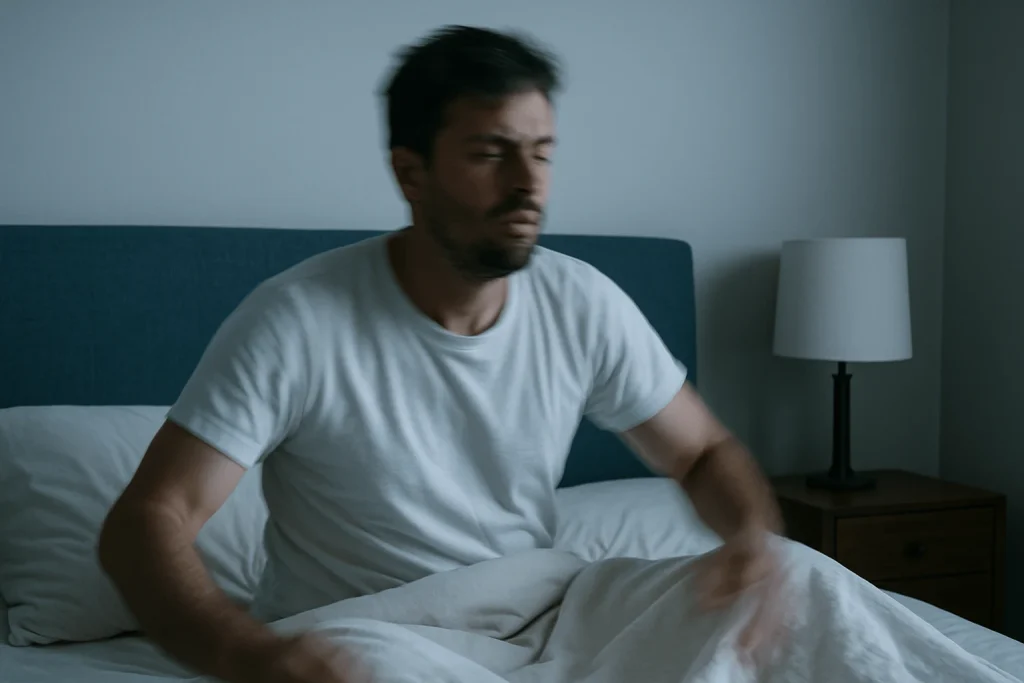
🟣 What’s Going On During REM Sleep?
During REM (rapid eye movement) sleep — the stage when most dreaming happens — your brain normally sends signals that temporarily “paralyze” your muscles. This keeps you from physically reacting to your dreams.
But with REM Sleep Behavior Disorder (RBD), that safety system doesn’t work the way it should. Instead, your muscles stay active. So when you’re dreaming… your body might start moving right along with the dream.
Some people shout, kick, or punch in their sleep. Others thrash, sit up, or even fall out of bed without remembering it. It can start quietly — with a little mumbling or twitching — but become more intense over time.
🟣 Why It’s Often Dismissed or Misunderstood
Many people don’t even realize they have it. If you sleep alone, you might not notice the movements. And if you do, it’s easy to chalk it up to stress or vivid dreams.
Even partners might brush it off as harmless sleepwalking — until someone gets hurt. Over time, RBD can increase the risk of injury to both the sleeper and their partner.
And here’s something most people don’t know: RBD can sometimes be an early sign of neurological conditions like Parkinson’s disease. That’s why it’s important to take it seriously, even if the symptoms seem mild.
🟣 Early Signs That Might Show Up
- Talking, shouting, or swearing while asleep
- Sudden arm or leg movements during dreams
- Vivid or intense dreams (often involving being chased or attacked)
- Waking up in strange positions — or on the floor
- Unexplained bruises or sore muscles in the morning
🟣 Who’s Most at Risk
- Men over age 50 (though anyone can develop it)
- People with neurological conditions like Parkinson’s or Lewy body dementia
- Individuals with high ongoing stress or poor sleep hygiene
- Those taking certain antidepressants or medications that affect brain function
If any of this feels familiar — especially if a partner has noticed odd movements or speech during the night — it’s worth having a conversation with your doctor. RBD is more than just tossing and turning. Safe, effective treatments are available, and identifying it early can make a real difference.
5. Upper Airway Resistance Syndrome (UARS): Sleep Apnea’s Sneaky Cousin
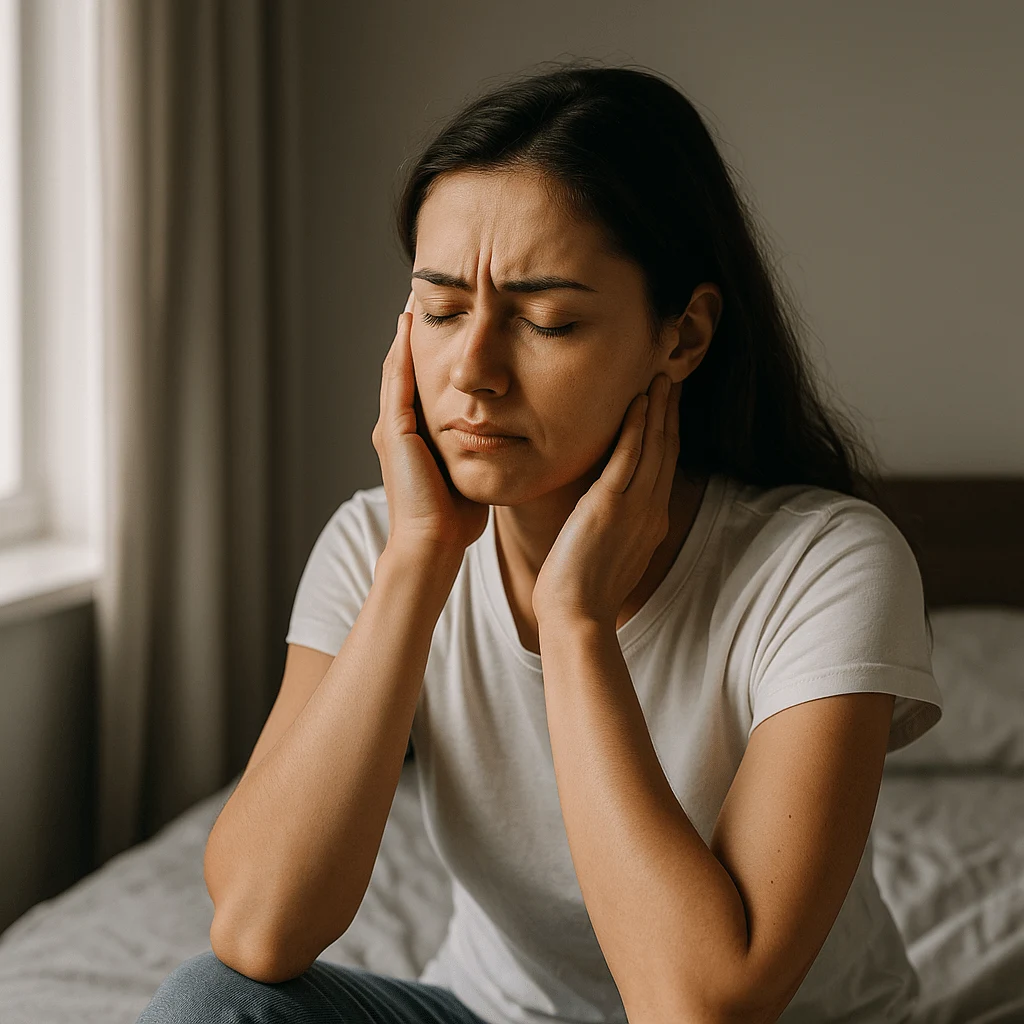
🟣 What Is UARS?
Upper Airway Resistance Syndrome — or UARS — is one of the most underdiagnosed sleep disorders out there. It’s often described as a “milder” version of sleep apnea, but that doesn’t mean it’s harmless.
Instead of full breathing pauses, UARS causes your airway to narrow slightly during sleep. That narrowing creates resistance — your body has to work harder to breathe, which leads to micro-awakenings all night long.
You might not fully wake up or remember anything. But your brain sure does. And over time, those constant interruptions can leave you feeling worn out, foggy, and frustrated… even after a full night in bed.
🟣 Why It’s So Easy to Miss
Unlike classic sleep apnea, UARS doesn’t always involve loud snoring or gasping. And it can fly under the radar on standard sleep studies unless the specialist knows what to look for.
What’s more, UARS often shows up in people who don’t “fit the mold” of a sleep apnea patient. Think: slim, healthy-looking young adults, especially women, who are light sleepers and wake up feeling like they haven’t slept at all.
It also overlaps with issues like TMJ, nighttime teeth grinding, anxiety, or even chronic fatigue — which means it’s often misdiagnosed.
🟣 Subtle Signs of UARS
- You sleep 7–8 hours but feel completely unrested
- Frequent tossing, turning, or waking at night
- Brain fog, mood swings, or irritability during the day
- Light, restless sleep that never feels deep
- Morning jaw tension or headaches
- Feeling anxious for “no clear reason”
🟣 Who’s More Likely to Experience It
- Women (especially with smaller jaws or narrow airways)
- People with a history of mouth breathing or nasal congestion
- Anyone dealing with TMJ, teeth grinding, or neck tension
- Those who are “light sleepers” and struggle with unrefreshing sleep
- Individuals whose sleep issues haven’t responded to typical sleep tips
If this feels oddly familiar — like sleep is always “just out of reach” — it’s worth looking into. UARS isn’t well known, but it’s very real. A qualified sleep specialist can help confirm it with targeted testing and guide you toward solutions that support better airflow and deeper sleep.
When to Get Help for a Sleep Problem
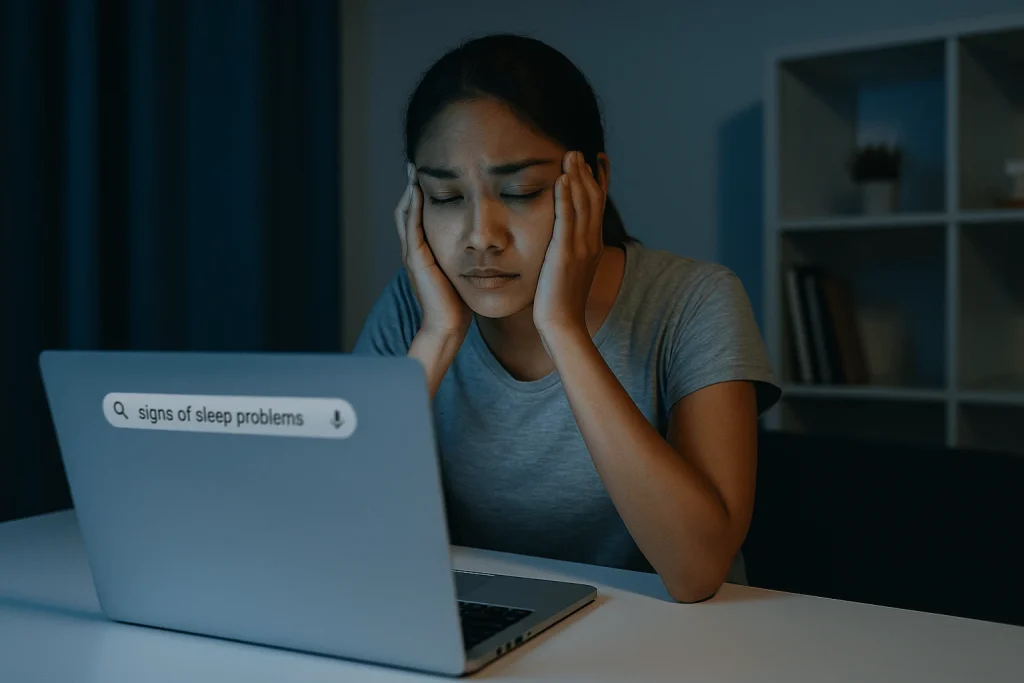
Some sleep issues are easy to spot. But others… not so much.
You might not be lying awake all night or gasping for air — and still, something’s off. That’s why many non-obvious sleep disorders go undetected for years. The signs are quiet, confusing, and easy to brush off as “normal.”
So how do you know when it’s time to take a closer look?
Related Post: Waking Up at 3 AM? Here’s the real reason- and How to fix it.
🟣 Signs It’s More Than Just a Bad Week
- You’re tired all day, even after 7–9 hours of sleep
- You wake often at night, even if you fall asleep easily
- You’ve tried all the sleep tips, but nothing sticks
- Your mood, focus, or memory feels off
- You rely on caffeine, naps, or sheer willpower to get through the day
- A partner has noticed snoring, tossing, or unusual movements at night
If any of these sound familiar, you’re not overthinking it. These are real clues — and they’re worth paying attention to.
🟣 Why Early Action Matters
Sleep doesn’t just affect how rested you feel. It influences immune health, memory, blood pressure, metabolism, and even emotional resilience.
The longer a problem goes untreated, the more it can impact your life. But the earlier you identify what’s happening, the easier it is to manage — and the faster you’ll start feeling like yourself again.
What to Expect from a Sleep Diagnosis
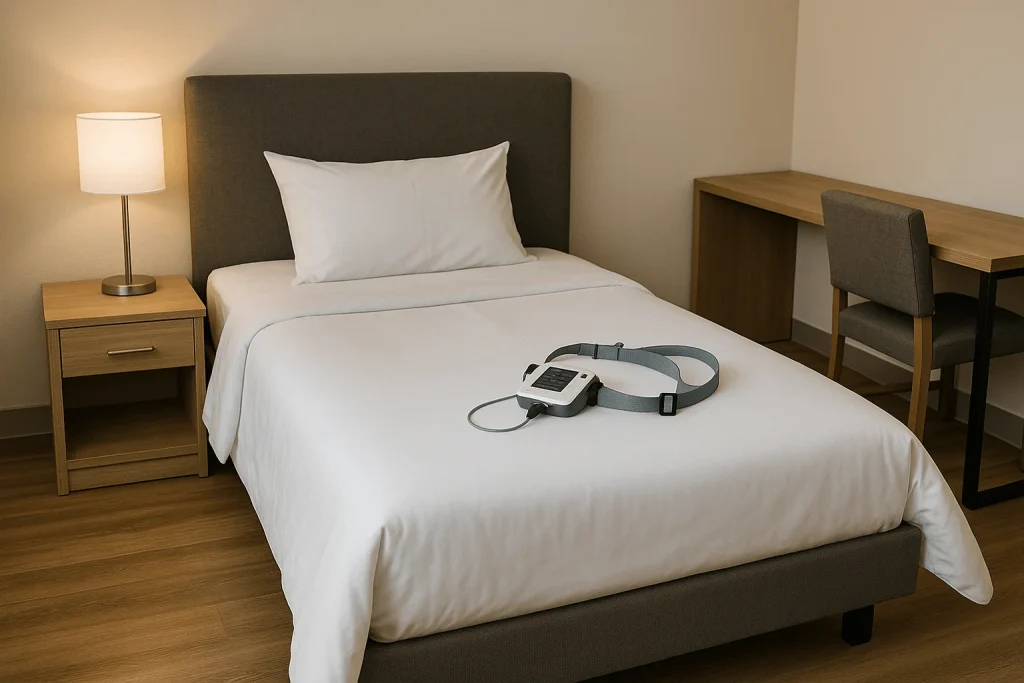
Worried you might have a sleep disorder… but not sure what the next step looks like?
You’re not alone. A lot of people hesitate because they picture something complicated or uncomfortable — maybe even expensive. But here’s the truth: getting tested is usually simple, private, and surprisingly low-stress.
🟣 Two Main Types of Sleep Testing
- Home Sleep Test: A small, wearable device you use at home for one or two nights. It tracks breathing patterns and oxygen levels — especially useful for detecting sleep apnea.
- In-Lab Sleep Study (Polysomnography): Done overnight in a quiet, private room. It measures your brain waves, breathing, oxygen, and muscle activity while you sleep. Painless, non-invasive, and a gold standard for diagnosing complex disorders.
No needles. No scary machines. Just helpful data to finally understand what’s happening while you sleep.
🟣 Why It’s Worth Doing
If you’ve tried lifestyle tweaks but still feel drained, a proper diagnosis could change everything. You’ll walk away with answers — and a plan.
Think of it like a checkup for your sleep. Nothing extreme — just smart.
Bottom Line: Don’t Ignore the Signs
If you’ve been doing everything right — avoiding caffeine, dimming lights, getting to bed on time — but still wake up tired, it’s not all in your head.
Overlooked sleep disorders are far more common than people realize. From restless legs to subtle breathing issues, these conditions can quietly chip away at your energy and well-being for years.
But when you know what to look for — and get the right support — everything can change. Your focus sharpens. Your mornings feel easier. And for the first time in a long while, your sleep actually helps you feel better.
